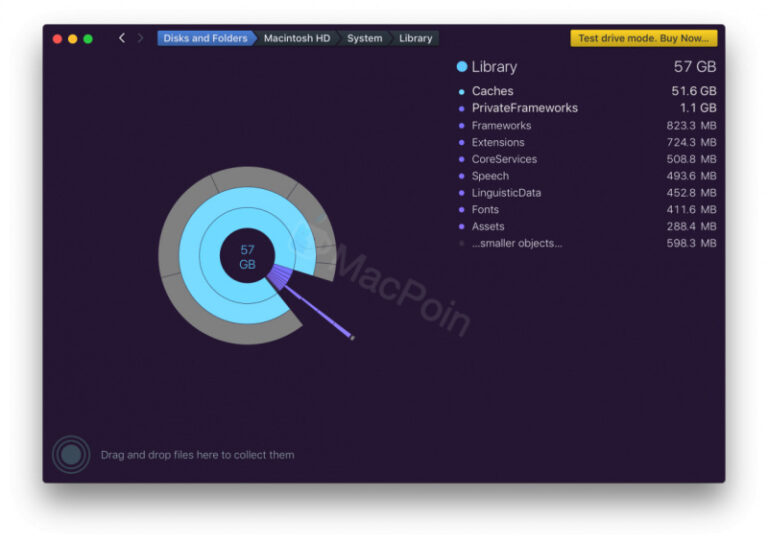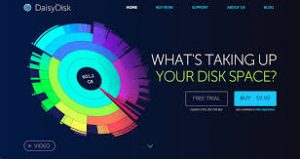

Things changed in 2011 when DaisyDisk 2 debuted in the Mac App Store and quickly became one of its bestsellers. Press and bloggers preferred to ignore a young no-name team’s product and mentions on looked cool without leading to actual sales.

Leaving a well-paid job for a project that doesn’t earn you enough to buy food sounds like a stupid idea, but it didn’t stop us 10 years ago. Your own money.ĭaisyDisk version 1 didn’t have any significant commercial success and I had to rely on freelance projects to make a living. The sky is the limit and each and every decision costs you money. There’s no one else to blame for your failures, but no one can take away your victory as well.

Working as part of a small indie team really affects the way you look at things. I quit my interaction design job and concentrated on making DaisyDisk the dream product I always wanted to create. I presented the early version of DaisyDisk to my friends and colleagues and most of them assured me it looks nice, but doesn’t solve any real problems to make a purchase… so screw it! However, people around did not share our optimism about the project’s future. We loved the app and spent countless nights polishing little details and making it better with each iteration. The final animation, suggested by Oleg, was not only more elegant and subtle than other alternatives, but quickly became DaisyDisk’s signature.

We experimented with interface animations since day one and the “blossom” transition you see while browsing the map turned out to be the best way to create a visual link between different levels of the folders. Most of my “ingenious” ideas didn’t survive actual testing and numerous “improvements” to the map were tested and discarded as useless And you must be able to display lots of tiny objects taking significant space…īut it’s only “obvious” because we literally spent months designing, redesigning and testing new prototypes over and over again….Consistent hue-based coloring: otherwise you’ll get lost in a minute and your map will look different with each new scan.Size-based sorting is a must: it significantly improves the visual scanning speed.All rings have the same size, variable size only works on paper.5 small external rings make finding deeply hidden data much easier without cluttering the rest of the map.It has 5 main rings as this is the optimal number for real-world data.We talked about shareware, its problems, a lack of really good apps and agreed on creating a small app to make the world better and earn a couple of bucks in the process…Ī playground build used for tweaking the disk map
#DOWNLOAD DAISYDISK SOFTWARE#
Some of these thoughts ended up in (rather lame) articles about interaction design, design tools and other things a naïve 27-year old designer wanted to share with the world.īy pure accident (and many things in our world happen by accident) one of the articles got the attention of Oleg, a Ukrainian developer who had dropped his job as a software developer and had been looking for new ventures. I spent most of my “spare” time (that’s something between late conference calls and sleeping) reading design books and thinking about possible ways to apply my newly gained knowledge to solving practical problems. After spending 3 years as an interaction designer in a telecom startup I felt lost.ĭoing the same routine job over and over again and seeing little influence on the product made me doubt I’m ever capable of creating something worthy.


 0 kommentar(er)
0 kommentar(er)
